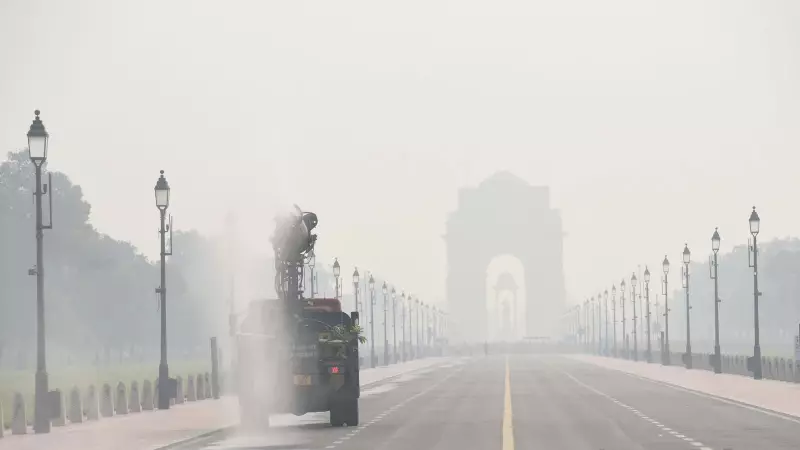
The festive cheer of Diwali has been clouded by a thick blanket of toxic smog across Delhi-NCR, as air quality deteriorated dramatically to the 'severe' category following widespread firecracker bursting despite prohibitions.
Pollution Levels Reach Critical Levels
According to monitoring agencies, the Air Quality Index (AQI) crossed the 500-mark in several locations across the national capital region, entering the 'severe plus' category that poses serious health risks to residents. The pollution monitoring body reported that the 24-hour average AQI stood at 358 on Sunday, which worsened significantly after Diwali celebrations commenced.
Government Response and Health Advisories
Authorities have issued urgent health advisories, particularly for children, elderly citizens, and individuals with respiratory conditions. The Commission for Air Quality Management has been closely monitoring the situation and is prepared to implement stricter measures under the Graded Response Action Plan if conditions don't improve.
Key Factors Contributing to Pollution Spike
- Extensive firecracker bursting despite bans
- Unfavorable meteorological conditions
- Stubble burning in neighboring states
- Local pollution sources and vehicular emissions
Regional Impact and Monitoring
The pollution crisis isn't limited to Delhi alone. Major cities across the NCR region, including Gurugram, Noida, Ghaziabad, and Faridabad, have reported similarly hazardous air quality levels. Monitoring stations across these cities have shown consistently poor readings, indicating a regional environmental emergency.
Medical experts warn that exposure to such high pollution levels can lead to immediate health issues including breathing difficulties, throat infections, and aggravated asthma symptoms, while long-term exposure increases the risk of serious respiratory and cardiovascular diseases.





